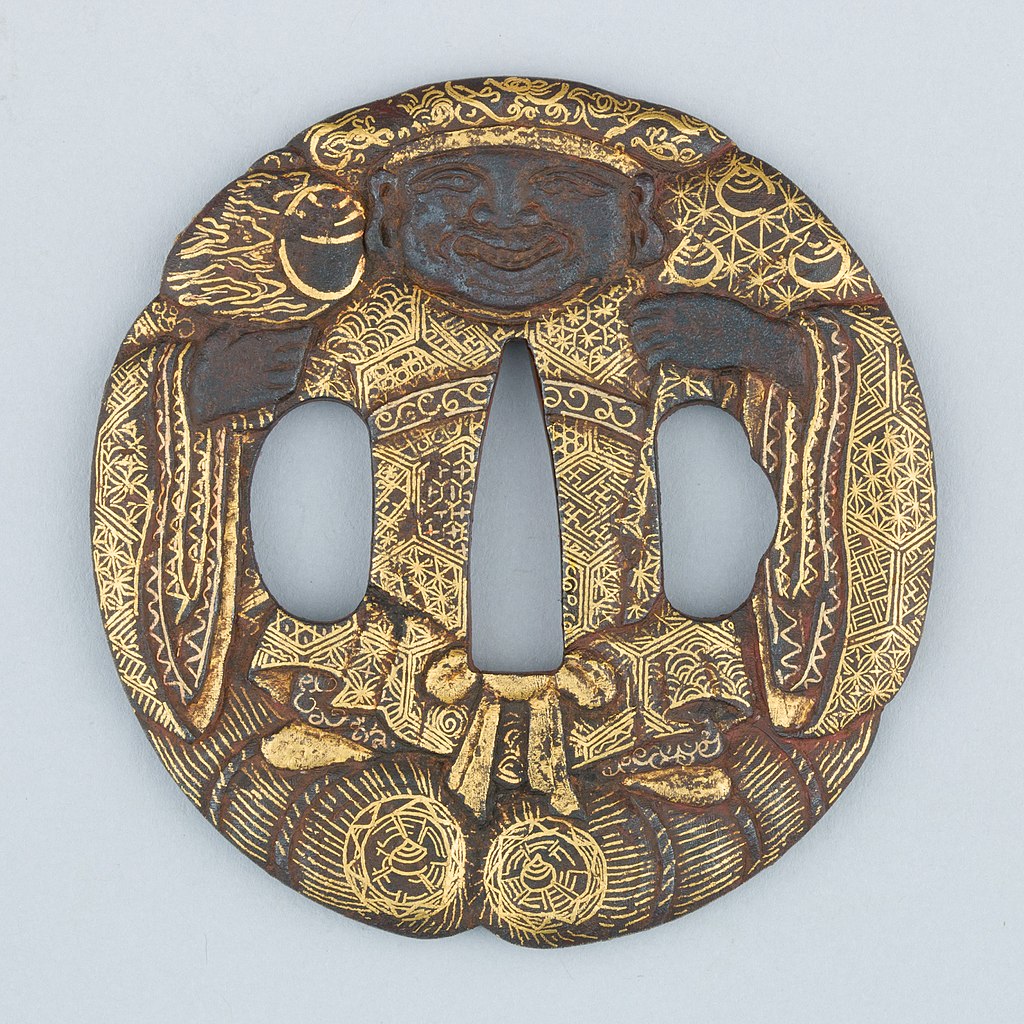Oct 27, 2023
All About Higo Zogan
A local craft you’ll only see in Kumamoto is Higo Zogan. It involves engraving an iron base with a design and inlaying with gold, silver, or both. Designs are often ancient (such as kuyokamon — the crest of nine celestial bodies) but are sometimes modern.
The History of Higo Zogan
Higo Zogan has existed for around 400 years, dating back to the Edo Period. It was originally used to add ornamental elements to weapons, such as to the handles of swords. However, when there was a ban on the ownership of weapons during the Meiji Restoration, it was no longer profitable to use Higo Zogan in this way. There was a shift toward engraving personal accessories — including earrings, tiepins, cufflinks, and cigarette cases — as well as utensils for tea.
Producing Higo Zogan
Higo Zogan is a complicated process.
The first step is to make the iron base by cutting an iron plate and filing it to the desired shape. The artisan also uses a file to improve the appearance by removing any rust, stains, or blemishes.
Next, the craftsman prepares the iron base for the inlay by securing it in a stand made from stone powder and pine resin. After filing the iron once again, the artisan polishes it with sandpaper to give it a smooth finish.
The iron is now ready for the inlay. Artisans may draw the design straight onto the iron using a brush or onto a thin piece of paper. The artisan transfers the design using a hammer and graver to create extremely fine lines called nunome. The nunome is deep if vertical but shallow if horizontal.
Next, the craftsman uses a roller to make sheets of gold, silver, or electrum. The artisan cuts out the motif and then heats it to ensure it will adhere to the iron. When it is ready, the artisan hammers the motif onto the iron using a deer antler and hammer until the nunome is visible. Switching to a different tool, the craftsman hammers it again, this time until the nunome is no longer visible. After polishing the motif, the artisan hammers the surface one more time and then uses an iron rod to remove any remaining traces of the nunome and to smooth the surface.
After another round of polishing, the artisan uses a hairline engraver to finish the design and polishes the motif with an abrasive. It is then necessary to rust the iron. Nitric acid tarnishes the surface slightly, after which the surface is covered in a liquid for rusting and the iron heated over a flame. When there is an even amount of rust over the entire surface, the item is left overnight, after which it is boiled in tea to prevent further rusting. Finally, the artisan repeats a process of painting with camellia oil mixed with soot and heating several times. This brings out the shine of the metal and forms a coat on the surface.
You can find Higo Zogan accessories in many places around Kumamoto. The top place to go is Kumamoto Prefectural Traditional Craft Center, where you’ll see a wide range of crafts in the gallery and can purchase souvenirs in the shop.
Metropolitan Museum of Art, CC0, via Wikimedia Commons


About the author